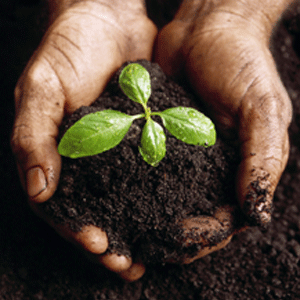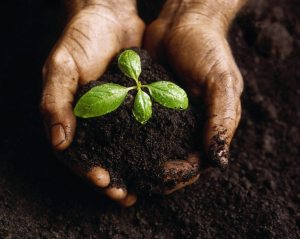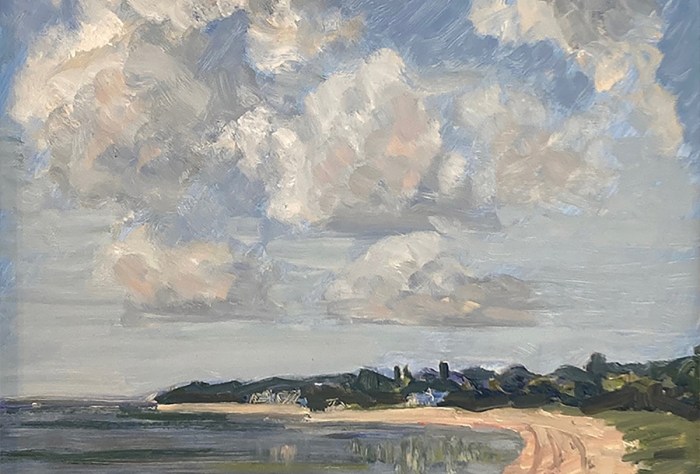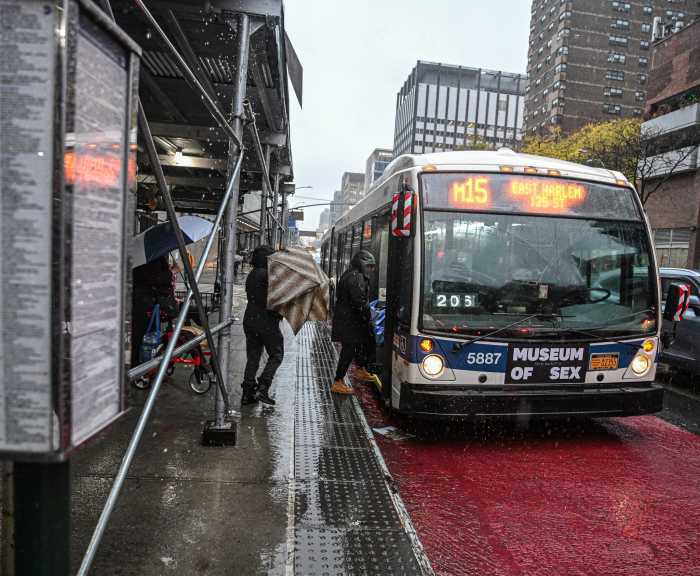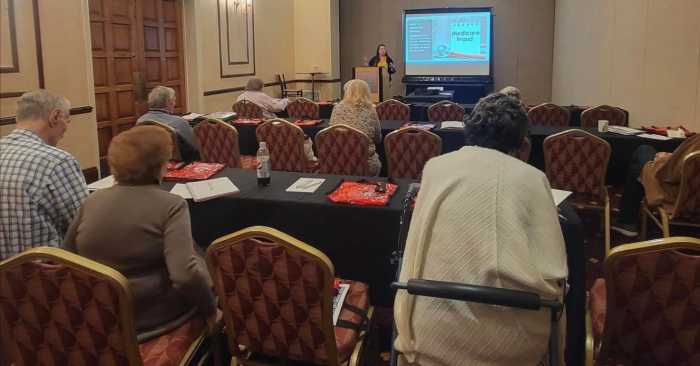Development and maintenance of good soil is the basis for all gardening, therefore successful gardening comes down to knowing the condition of your soil and realizing when it is necessary to amend it. This will provide a good base for successfully growing wonderful plants.
There are three components of soil that a home gardener needs to consider when beginning a new garden or renovating an old one: soil texture, soil chemistry and soil biology. We can start with soil texture, for it greatly affects the other two. Whether or not you will be doing the work or hiring someone to improve your garden, you will need to communicate the above information to the company providing the materials and manpower.
So what is soil? It is the composition of weathered rock particles and the spaces around those particles with a small amount of organic material that has accumulated. The different types of soil, determined by the size of the particles, are sand, silt, clay or loam. This variety is clearly exemplified on Long Island where we find sandy soil on the south shore graduating to mixtures of sandy loam, sand and clay, loam (a balanced mixture of sand, silt, and clay), clay loam and clay and rocks as you get closer to the rocky north shore. Few of us have the perfect soil that has the best of all types called loams. This extraordinary range affects our gardening successes or failures.
To begin, you will need to assess the soils texture, the physical composition of the soil referring to the size, shape and chemistry of the soil particles. It will, in a cascading manner, affect many aspects of your garden including the drainage and therefore the amount of water and nutrition that your plants will receive.
If you have sandy soil, the water and therefore nutrients can drain too quickly not allowing plants to hydrate and absorb what they need. If you have clay soil, the many tiny clay particles may be more fertile, but can hold too much water causing water logging and wilting. This happens because roots need air to absorb water and nutrients, but when water occupies all the spaces, plants can not drink it in. Soil science is a very complicated issue. So, what can a gardener do?
You can test the soil texture of your garden before you begin amending it. The easiest method is the “feel test.” To estimate the texture you will need to moisten a small quantity of dirt, kneading it as though it were play dough, and then forming it into a ribbon. A long ribbon indicates high clay content; a short, gritty ribbon indicates sand; a smooth medium ribbon is silt or loam.
Another DIY soil test is the Mason jar method, but this method involves much more effort and you would need to reference the Internet to be able to interpret the results.
Adding organic matter (decomposing plant or animal material) into you sandy soil will help by retaining water. Adding organic matter to clay soil will make it looser so that air, water and roots can penetrate it. Organic matter additives will also encourage microbial activity and provide some nutrition to plants. Microbes in the soil will adhere to the plant roots enabling them to break down the nutrients and absorb them to flourish.
Our next column will examine the soil structure and the chemistry.
The Long Island Horticultural Society meets on Sunday at 1:30 p.m. at Planting Fields Arboretum in Oyster Bay. During January through March the organization meets in the Hay Barn. The next meeting is March 13. The speaker is Michael Veracka, chairman and associate professor of the Department of Urban Horticulture & Design at Farmingdale State College. His topic will be Bamboo Species: Varieties for the Long Island Gardener. For more information, go to www.lihort.org.




